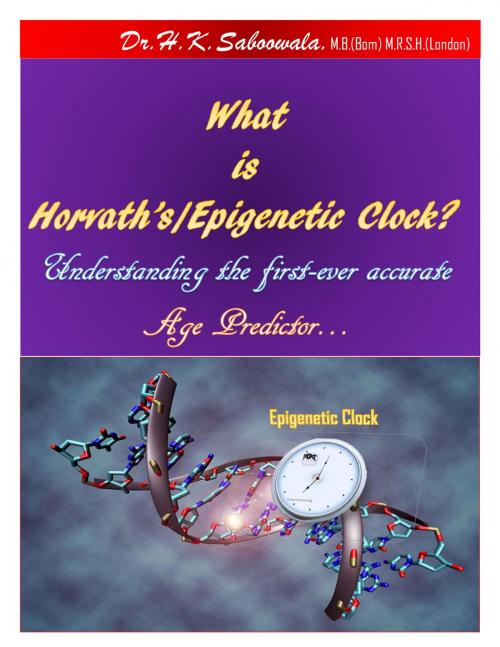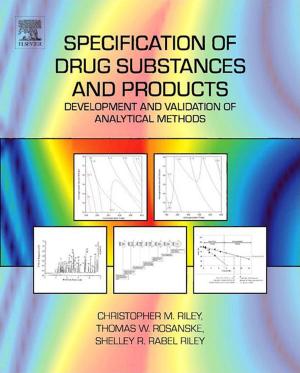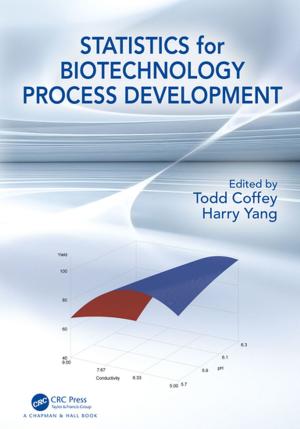“What is Horvath’s/Epigenetic Clock? Understanding the first-ever accurate Age Predictor…”
Nonfiction, Health & Well Being, Medical, Medical Science, Biotechnology| Author: | hakimuddin saboowala | ISBN: | 1230002062686 |
| Publisher: | Dr. Hakim. K. Saboowala | Publication: | December 25, 2017 |
| Imprint: | Language: | English |
| Author: | hakimuddin saboowala |
| ISBN: | 1230002062686 |
| Publisher: | Dr. Hakim. K. Saboowala |
| Publication: | December 25, 2017 |
| Imprint: | |
| Language: | English |
Greying hair and wrinkles are external signs of ageing, but they are not very precise.
Now research shows that a code written into the body's epigenome — the chemical tags that modify DNA — can accurately tell the age of human tissues and cells.
This ‘clock’ innovated by Steve Horvath could provide insights into why certain tissues age faster than others, and why those tissues may be more cancer-prone.
In the past few years, researchers have been homing in on regions of DNA that accrue lots of chemical tags called methyl groups as people age. Such methylation can selectively switch off genes.
What was not yet known was that one can develop an age predictor that really works well across most tissues and cell types.
It would be of interest to mention that women’s breast tissue accrues methylation in a way that makes it look an average of 2–3 years older than other healthy tissues from the same woman.
In women with breast cancer, healthy tissue situated next to diseased tissue appeared to be an average of 12 years older than other tissues in the body. And Steve Horvath found that tissue from 20 cancer types looked an average of 36 years older than healthy tissue.
An attempt has been made in this booklet to describe, how methylation levels change in human tissues from before birth to the age of 101, and shows that it is a near-perfect predictor of age for non-cancerous tissues.
Since Ageing is a major health problem, and interestingly there are really no objective measures of ageing other than a verified birth date, studies like this one provide important new efforts to increase the rigor of human ageing studies.”
It would be worth mentioning here that Horvath, who has developed software to help people use his clock to track the age of tissue samples, hopes that the research could lead to treatments that slow or reset the ticking of the biological clock. ……Dr.H.K.Saboowala.
Greying hair and wrinkles are external signs of ageing, but they are not very precise.
Now research shows that a code written into the body's epigenome — the chemical tags that modify DNA — can accurately tell the age of human tissues and cells.
This ‘clock’ innovated by Steve Horvath could provide insights into why certain tissues age faster than others, and why those tissues may be more cancer-prone.
In the past few years, researchers have been homing in on regions of DNA that accrue lots of chemical tags called methyl groups as people age. Such methylation can selectively switch off genes.
What was not yet known was that one can develop an age predictor that really works well across most tissues and cell types.
It would be of interest to mention that women’s breast tissue accrues methylation in a way that makes it look an average of 2–3 years older than other healthy tissues from the same woman.
In women with breast cancer, healthy tissue situated next to diseased tissue appeared to be an average of 12 years older than other tissues in the body. And Steve Horvath found that tissue from 20 cancer types looked an average of 36 years older than healthy tissue.
An attempt has been made in this booklet to describe, how methylation levels change in human tissues from before birth to the age of 101, and shows that it is a near-perfect predictor of age for non-cancerous tissues.
Since Ageing is a major health problem, and interestingly there are really no objective measures of ageing other than a verified birth date, studies like this one provide important new efforts to increase the rigor of human ageing studies.”
It would be worth mentioning here that Horvath, who has developed software to help people use his clock to track the age of tissue samples, hopes that the research could lead to treatments that slow or reset the ticking of the biological clock. ……Dr.H.K.Saboowala.















